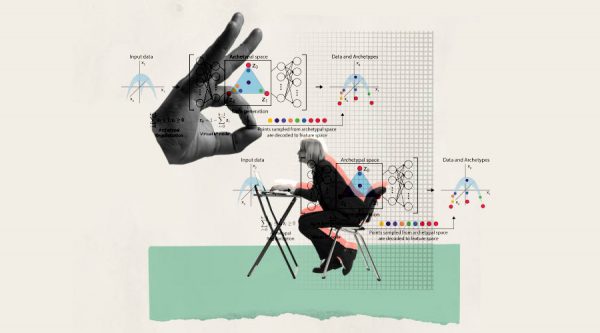The field of machine learning (ML) has great promise as it enables computers to recognize patterns and generate predictions or judgments without requiring explicit programming. Starting your first Python machine learning project is a fascinating journey that leads to the creation of intelligent systems and the extraction of valuable insights from data. Regardless of your level of experience with machine learning or programming, this comprehensive tutorial will show you how to finish your first project.
- Recognize Basic Ideas: To start, make sure you understand the basic ideas of machine learning. Learn several key terms, like algorithms, supervised learning, and unsupervised learning. Learn about the process by which models generate predictions based on data.
- Configure Your Python Environment: Make sure your machine learning Python environment is stable. Use well-known libraries for effective data handling, manipulation, and model construction, such as NumPy, Pandas, and Scikit-learn. Jupyter Notebooks are a great tool for interactive coding experiences.
- Select a Basic Dataset: It’s important to make the right dataset choice. Select a straightforward dataset that fits the objectives of your research. Numerous datasets are available for a variety of applications on websites such as Kaggle. Making this first decision makes the learning curve more manageable and lets you concentrate on the nuances of the machine learning process.
- Preprocess Your Data: Clean and preprocess your dataset in order to get it ready for model training. Normalize numerical characteristics, handle missing values, and encode categorical variables. Sturdy model performance is largely dependent on efficient data pretreatment.
- Pick a Model: Decide on a machine learning model based on the needs of your project. Decision trees and linear regression are great places to start for novices. Investigate increasingly intricate models as you go, like neural networks and support vector machines. Scikit-learn offers a range of models for various applications.
- Train and Assess Your Model: To train and assess the performance of your model, split your dataset into training and testing sets. Use metrics such as mean squared error for regression and accuracy, precision, and recall for classification jobs. Adjust your model iteratively in response to the evaluation’s findings.
- Visualize Results: Make use of visualization tools to learn more about the forecasts made by your model. To see how well your model is working, plot regression plots, learning curves, or confusion matrices. Visualization improves comprehension and facilitates outcomes communication.
- Document Your Process: Keep an accurate and thorough log of your workflow. It is easier to comprehend how your project has developed if you keep a record of every stage, including data exploration, model selection, hyperparameter tuning, and preprocessing decisions. For collaboration and future reference, clear documentation is essential.
- Iterate and refine: The process of machine learning is iterative. Examine the performance of your model, pinpoint any flaws, and adjust the parameters as necessary. Try altering the hyperparameters or algorithms to improve the accuracy and generalization of your model.
- Get Input and Learn: You can ask peers for input or share your findings with the community. Participating in conversations and gaining knowledge from others might extend your viewpoint. Accept the community’s collaborative approach to machine learning.
Starting your first Python machine learning project is an adventure in ongoing education and exploration. By following this step-by-step tutorial, you will develop the necessary abilities for next, more difficult tasks in addition to creating a working machine-learning model. Honor your successes, take lessons from setbacks, and welcome the ever changing field of machine learning. The knowledge and abilities you get from this experience will surely help you advance to more challenging and significant projects in the area.









